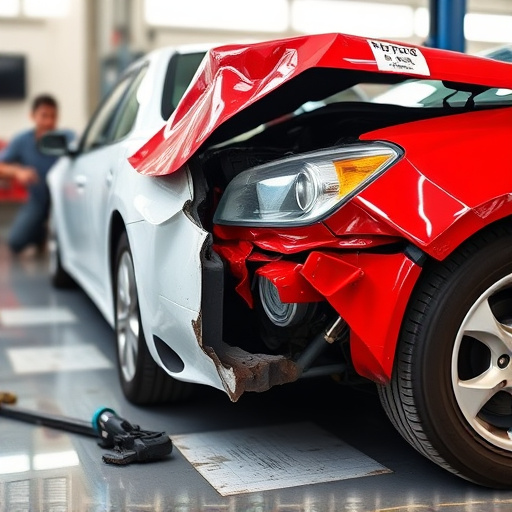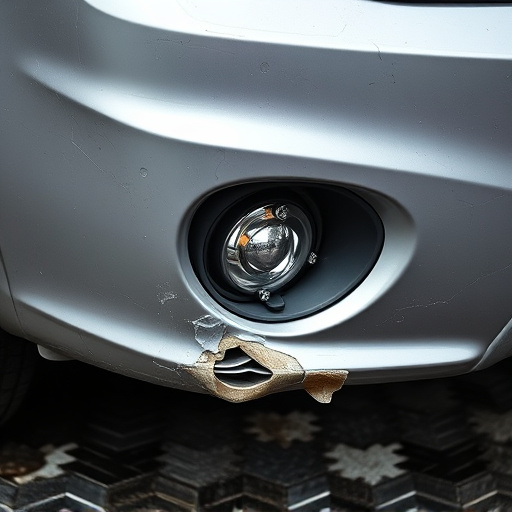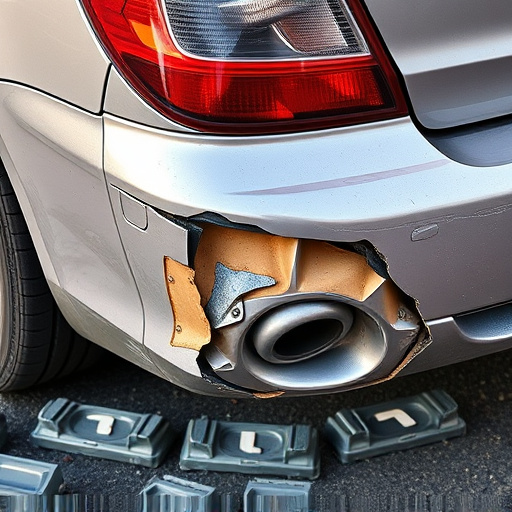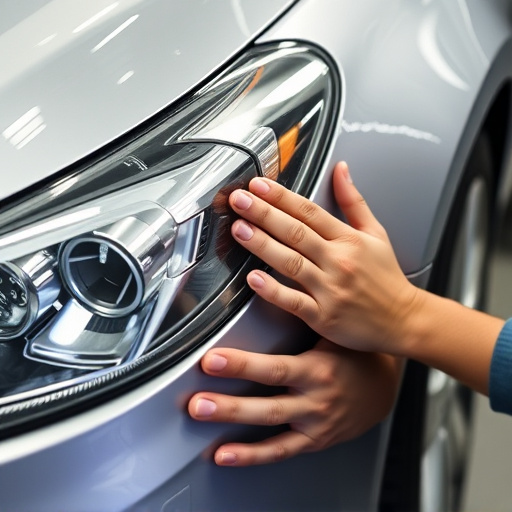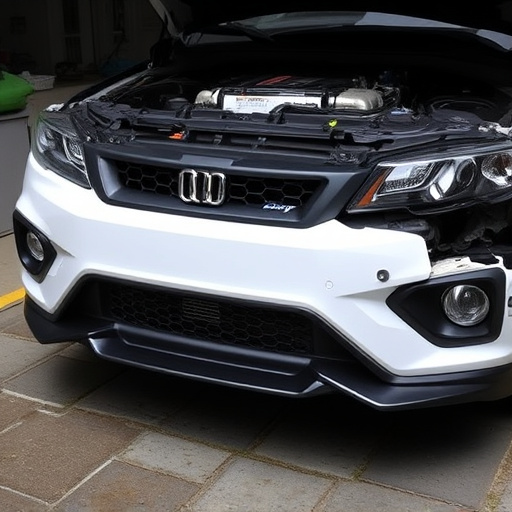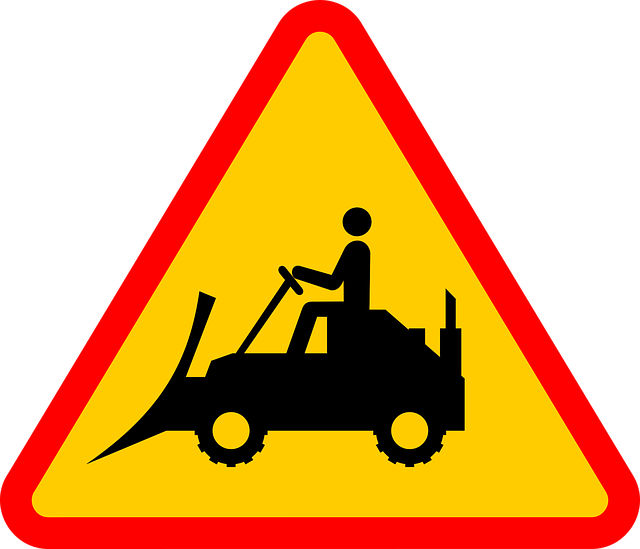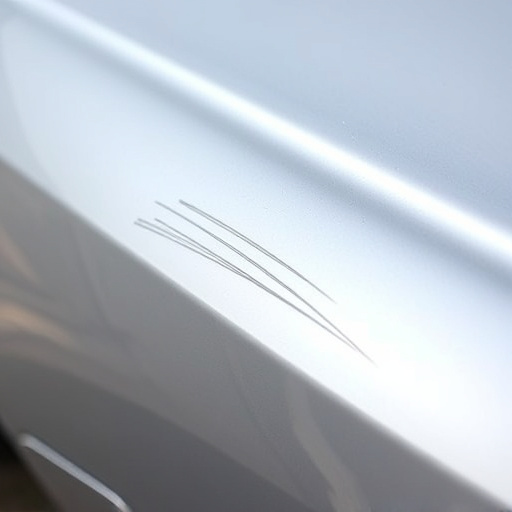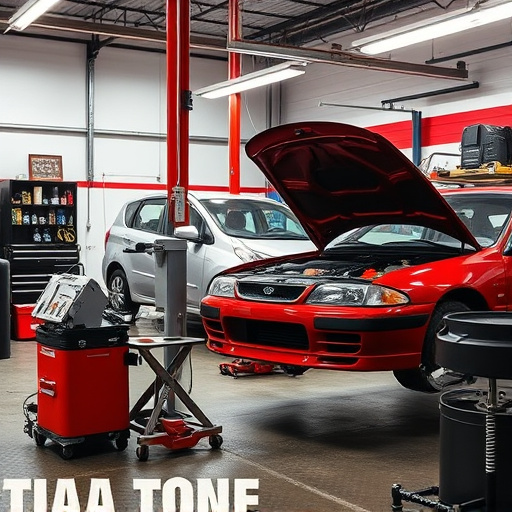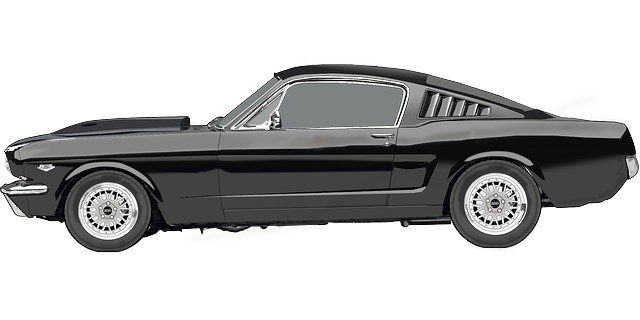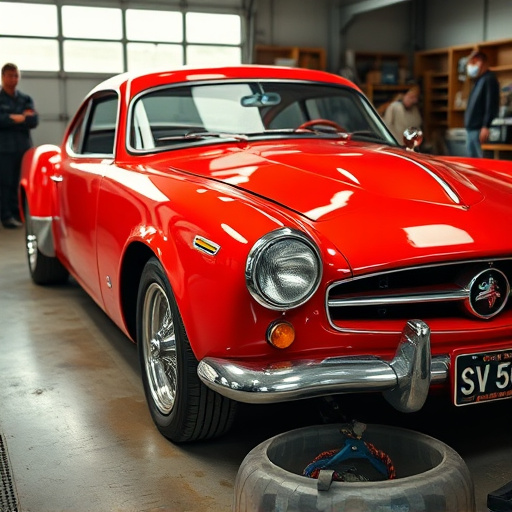MIG welding collision repair is a specialized technique used by auto collision centers to expertly fix vehicles post-accidents, including panel replacements and complex body structures. The process involves melting and fusing metal via a high-current arc between a wire electrode and workpiece, ensuring structural integrity and aesthetic appeal through precise welds and meticulous vehicle paint repair. Technicians follow a detailed sequence that includes damage assessment, preparation, setting up the MIG welder, creating strong bonds, inspecting welds, and adhering to automotive repair standards. While it offers versatility, strength, and efficiency over traditional methods, MIG welding collision repair requires initial setup costs and training to overcome challenges like burn-through and splatter.
“Dive into the world of MIG welding collision repair, a game-changer in the automotive industry. This comprehensive guide unravels the intricacies of this advanced welding technique, ideal for precise, efficient repairs. From understanding the basics of MIG welding to exploring its role in collision repair processes, we dissect the benefits and potential challenges. Discover how MIG welding ensures indelible, high-quality repairs, revolutionizing the way folks address car damages. By the end, you’ll be equipped with knowledge to appreciate this symphony of modern craftsmanship.”
- Understanding MIG Welding: A Basic Overview
- The Collision Repair Process with MIG Welding
- Advantages and Potential Challenges of MIG Welding in Collision Repair
Understanding MIG Welding: A Basic Overview

MIG welding is a specialized technique used extensively in collision repair for its precision and strength. It stands for Metal Inert Gas, referring to the process where a high-current arc is generated between a continuously fed wire electrode and the workpiece metal, melting and fusing them together. This method allows for accurate, clean welds, making it ideal for repairing vehicle damage without compromising structural integrity.
In the context of MIG welding collision repair, an auto collision center employs this technology to expertly fix vehicles after they’ve been involved in accidents. From panel replacements to complex body structures, MIG welding ensures that repairs are both structurally sound and aesthetically pleasing. This involves skillfully applying the weld along specific joints or seams, replicating the original design while seamlessly integrating new metal with existing vehicle parts, often requiring intricate vehicle paint repair afterwards to match the vehicle’s original finish.
The Collision Repair Process with MIG Welding

The collision repair process using MIG welding involves several meticulous steps to ensure optimal vehicle restoration. After assessing the damage and preparing the vehicle, skilled technicians begin by masking and protecting adjacent areas to prevent any unintended welds or paint transfer. Next, they set up the MIG welder with the appropriate wire feed and gas combination tailored to the metal being welded, be it steel or aluminum. This advanced welding technique employs a continuous wire feed to create strong, precise bonds between the damaged panels and their original position.
As the welder makes contact with the metal, a powerful arc forms, melting and fusing the edges of the damaged part with the surrounding vehicle bodywork. The result is a seamless joint that matches the strength and integrity of the original structure. Once the weld is complete, technicians inspect it for quality assurance before proceeding to the next stage, ensuring every repair meets stringent automotive repair standards. This meticulous approach guarantees that vehicles not only look like new but also perform optimally on the road after their MIG welding collision repair.
Advantages and Potential Challenges of MIG Welding in Collision Repair

MIG welding collision repair offers several advantages for automotive body shops and auto repair services. Firstly, it’s a highly versatile technique capable of joining a wide variety of metal types commonly found in vehicles. This makes it an ideal solution for both simple and complex auto dent repair jobs. Moreover, MIG welding provides strong, durable bonds that can withstand significant stress, ensuring the structural integrity of repaired vehicles. The process is also relatively fast and efficient compared to traditional welding methods, which can reduce turnaround times and increase productivity.
Despite these benefits, there are potential challenges associated with MIG welding collision repair. One major consideration is the initial setup cost, as specialized equipment and trained technicians are required. Auto body shops need to invest in high-quality MIG welding guns, gas systems, and protective gear to ensure safe and efficient operations. Additionally, improper usage can lead to issues like burn-through, splatter, or inconsistent weld quality, requiring additional efforts for cleanup and rework. However, with proper training and experience, these challenges can be effectively navigated, making MIG welding a valuable asset in the automotive repair industry.
MIG welding collision repair offers a swift and efficient method for restoring vehicle panels, but it’s not without its considerations. By understanding the process, embracing its advantages like precision and speed, and addressing potential challenges such as skill requirements and material compatibility, technicians can leverage MIG welding to deliver high-quality collision repair outcomes.
